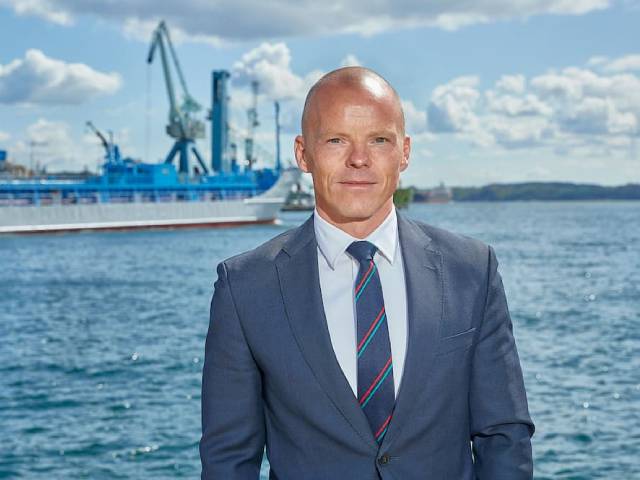The cost of shifting to greener fuels, uncertainty over the path to clean energy and greater scrutiny from banks for financing projects make for a challenging future credit environment, according to a key official at bunker supplier Monjasa.
“If you look into the future, where the mix of products is generally going to be of a higher value, then I’m sure there is going to be even more need for credit in the market,” Monjasa Group Chief Operating Officer Svend Stenberg Molholt told S&P Global Platts May 17.
With companies needing to invest to meet key decarbonization goals, those that fail to keep pace may struggle to get the necessary financing, warned Stenberg Molholt, adding that while industry participants may be hamstrung by uncertainty ahead this picture could change very quickly once key players on the demand side decide which clean fuel to back. There are already steps in that direction, he said.
The International Maritime Organization is targeting a 40% reduction in CO2 intensity in the global fleet by 2030 compared with 2008 levels and a 50% cut in greenhouse gas emissions from the fleet by 2050.
This implies potentially steep infrastructure costs for new sources of propulsion and competition for renewably sourced electricity to produce green fuels.
“A further need for credit obviously means a further need for financing and here I see the green agenda and financing agenda converging,” Stenberg Molholt said.
“The more you grow and the more credit that is needed on the market the more scrutiny you’ll be getting from your stakeholders, one element of which is obviously the banking system,” he said.
Market players that are not seen to keep pace with decarbonization may find it difficult to attract finance, he added.
The introduction of the IMO’s 0.5% sulfur cap in marine fuels, which came into effect Jan. 1, 2020 and brought the sulfur limit for ships’ fuel on the high seas down from 3.5%, sparked a flurry of concerns about credit, in anticipation of higher bunker costs.
There have been notable credit events in the bunker sector in the recent past, namely the collapses of Hin Leong and GP Global, but mostly market players have reported that a major credit crunch was kept at bay by falling oil prices in Q1 2020, with prices subsequently remaining below pre-pandemic levels.
S&P Global Platts assessed delivered 0.5% fuel oil at Rotterdam at $484/mt May 17, equivalent to $11.10/gigajoule. By contrast, Platts assessed methanol T2 FOB Rotterdam at $17.35/Gj.
In terms of another alternative fuel, ammonia, small plants are expected to emerge worldwide beginning 2025 to produce green ammonia at a cost of $650-$850/mt ($34.95-45.70/Gj), the Korean Register of Shipping, a not-for-profit ship classification society, said in a report recently.
But the cost is expected to drop to $400-$600/mt as larger plants are constructed in 2030 and then to further drop to as low as $275-$450/mt in 2040, as consumption increases, favoring its use, it said.
FUTURE FUELS GUIDED BY DEMAND
Some market players say the bunker sector needs a clearer regulatory picture for the fuels of the future to develop. Ammonia, methanol and LNG — albeit more commonly suggested as an interim fuel — have received considerable attention.
While regulatory bodies such as the IMO need to present a clear direction in decarbonizing the marine sector, the demand side of the industry is already paving the way ahead, Stenberg Molholt said.
In the next couple of months to a year, the large players on the demand side of the shipping market — such as IKEA, Walmart and Nike — will be the ones to watch as they identify their favored candidates, Stenberg Molholt said.
“When the demand side in all of this is settled then I’m very sure that the supply side will start matching it. We as a company are in the middle and we will make this transition work, just like we made the transition work from 3.5%S FO to 0.5%S FO,” he said.
For now, the picture is unclear. Stenberg Molholt said that the inquiries about green fuels that Monjasa receives are motivated by curiosity and a desire to run tests, rather than something a supplier can gear its business towards.
Suppliers must also look to their emissions, so that their shipping customers can account for these in their own well-to-wake reporting.
Monjasa will use the Greenhouse Gas Protocol, a cross-sector set of accounting and reporting standards for emissions, to measure its own emissions, Stenberg Molholt said.
Source: PLATTS









































